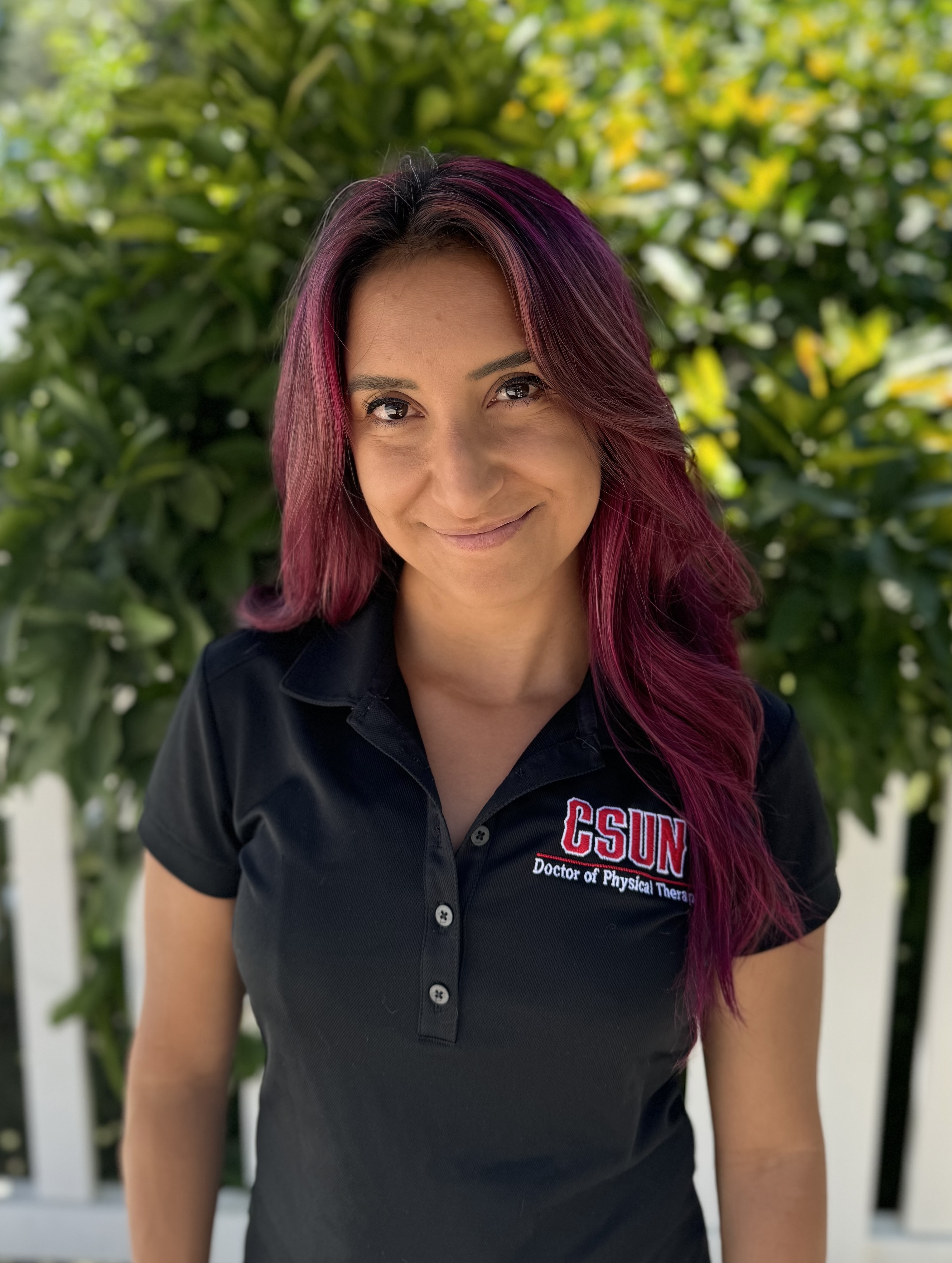Women's Health: From CMT to Pelvic Health PT
My road to becoming a pelvic floor physical therapist has been one that has seemed to have found me over the years. In 2017, I began my career as a massage therapist and slowly began to create a network of clients in Orange County, CA. As my business grew, my client demographic began to become predominately prenatal clients who were looking for a calm getaway to ease their aches, pains, fears and anxieties. They had always told us in massage school: “Your client type and specialties will always find YOU.” By my third year in business, my clientele was almost exclusively mobile prenatal services. Then COVID hit.
After a year hiatus, I was able to rekindle all my client relationships, except now with busy moms looking for mental repose. Many expressed their newfound wins and struggles in their journey to motherhood in our regular visits, with occasional discussions of new abdominal, pelvic, hip and low back pain, even increased urinary urgency. Many of these new symptoms were able to be managed by seeing me on a regular basis, but some stubborn symptoms could not be relieved with regular massages. At that time, I was very limited in my knowledge about pelvic floor symptoms and didn’t know how else to help or advice to give other than performing massage therapy. I had no idea physical therapists could treat postpartum disorders and was unaware of the resources available for those dealing with pelvic health issues. I knew I wanted to find a way to help people outside of my soft tissue skillset and decided to apply to physical therapy school.
I began my path as a student physical therapy at California State University, Northridge in fall of 2022. I was beyond excited to enter this new profession, and to learn how I could make an even bigger impact on others’ quality of life. As my journey began, I found myself gravitating towards orthopedics, but one professor in our curriculum, Dr. Kara Everhart, spoke about her path towards blending both orthopedics and pelvic health in her current practice. This immediately sparked my interest, and Dr. Everhart spoke so highly of working in pelvic health and being able to give others the tools and resources they have been longing for. She shared anecdotes surrounding working with others who, like me, didn’t know pelvic health PT was an option for them despite living with symptoms for an extended period of time. After two years of picking Dr. Everhart’s brain, I decided to request pelvic health PT for my second clinical internship to discover if this specialty would be for me.
I am at the end of my second clinical internship and can truly confirm that pelvic health PT is an area that I want to pursue. I am driven to empower others and instill confidence to clients from different walks of life. I feel that this area of expertise is often hard to talk about with the general public or often overlooked by the healthcare system at large. I want to help bring awareness to pelvic health disorders across allied healthcare fields and join those who advocate for others to improve their quality of life through this amazing form of physical therapy. I am so incredibly grateful for every part of this journey to arrive here and am honored to accept this generous scholarship presented by APTA Pelvic Health. This amazing opportunity will allow me to elevate my skills as a pelvic health PT and pursue my dream of joining the trailblazing women in this field who are changing the way we practice medicine worldwide.

Author: Olivia Gonzalez, SPT, 2024 CAPP Scholarship Recipient
Author Bio: Olivia is a third year physical therapy student at California State University, Northridge. She's a life-long athlete with a passion for movement and performing arts. Outside of her studies, she enjoys fire performing, snowboarding and hiking with her dog, Scout.
Connect With Olivia: @litttleolive


